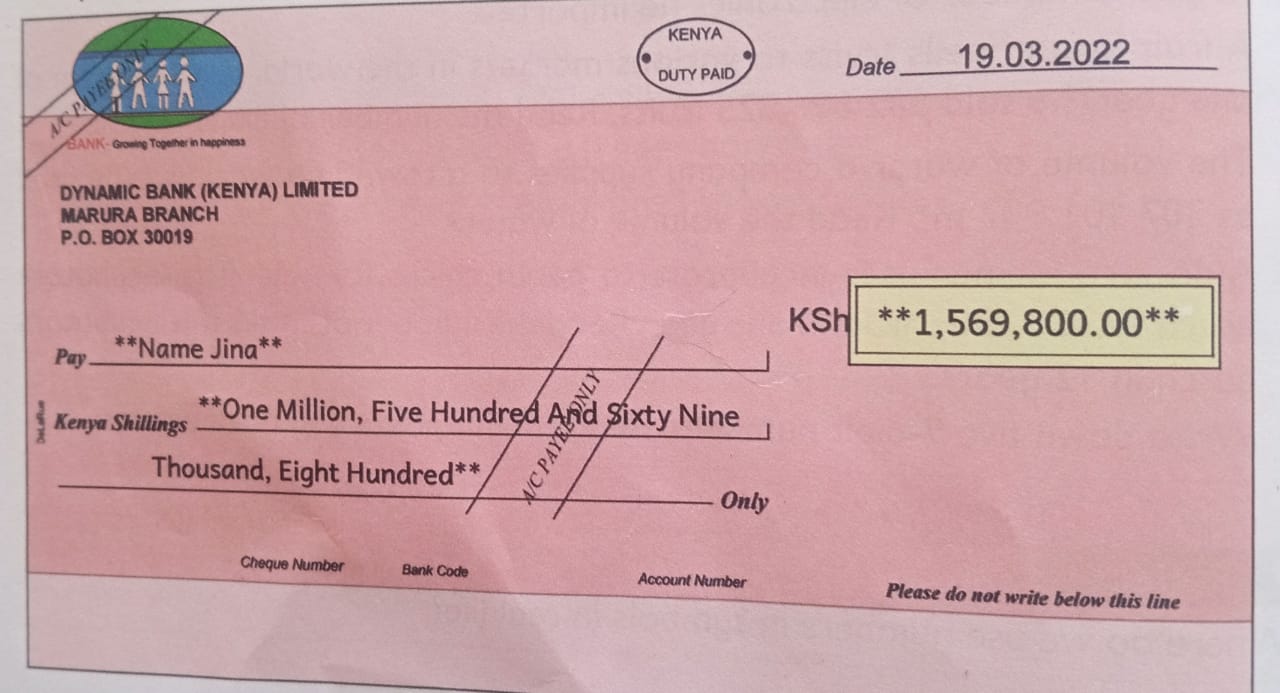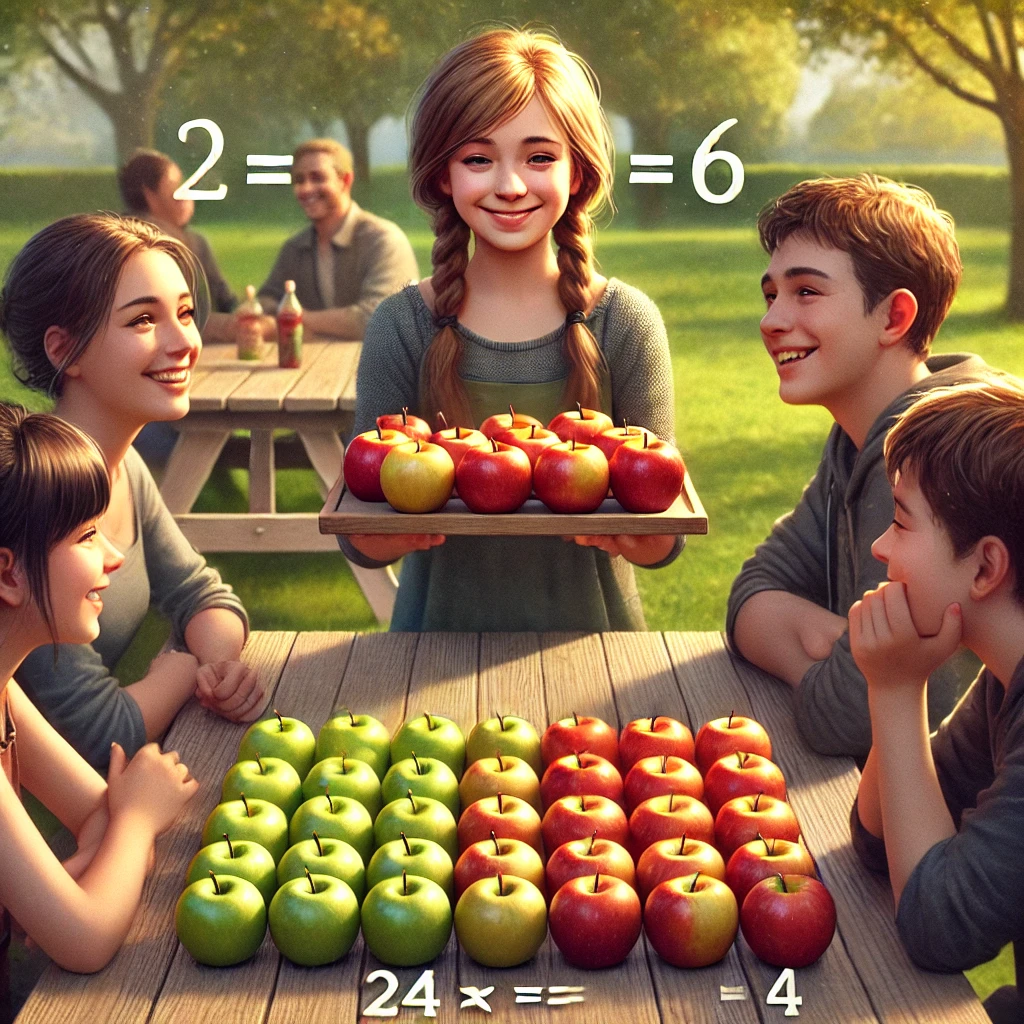Activity 1.1.1.
Pembe flour milling factory in Nairobi produced 85 147 000 kg of maize flour in the year 2023. In the year 2024, the factory produced 120 568 720 kg of maize flour.
1. Fill in the place values for the number of kilograms produced for the two years.
| Numbers | Hundreds of millions | Tens of millions | millions | Hundreds of thousands | Tens of thousands | thousands | Hundreds | Tens | Ones |
|---|---|---|---|---|---|---|---|---|---|
| \(85 147 000\) | |||||||||
| \(120 588 720\) |
2. Share your work with other learner’s in class.





